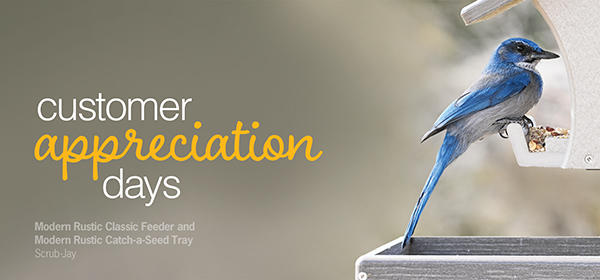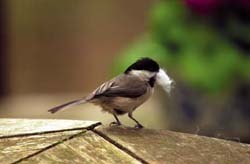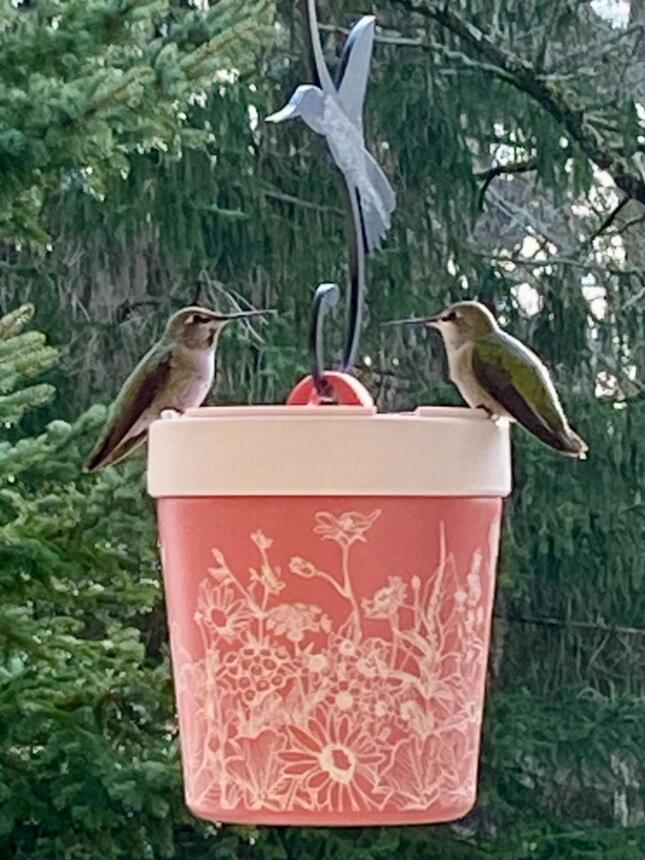Welcome, North Vancouver!

Customer Celebration is Saturday November 22nd
Save BIG During our Celebration of You!
We love our customers as much as we love the birds and nature. From the photos you share to the stories you tell, you remind us every day why we do what we do. As a BIG thank you, we’re celebrating Customer Appreciation Days. It's a chance to show you some love. So stop by, stock up and save. Your support of our small business means the world to us (and the birds).
Events in Store
11:00-2:00
Live Owls in store! Meet the amazing raptors up close. Hear their stories and all about O.W.L. research and rehabilitation
Nature Kids - Amazing displays and information. Brining kids and Nature together
Hummingbirds and More - Meet Carol Mathews from VARC Vancouver Avian research. VARC hosts many amazing events and seminars throughout the year. Learn about bird banding.
Start your Christmas shopping here! So many new great gift ideas - from insulated hummingbird feeders and shade grown coffee, to hand made gloves from Nepal and amazing Christmas ornaments for the tree, we have something to please everyone on your list.
The Amazing Chickadee - Caching

It’s that time of year, the birds are caching seeds away for winter. Here is an amazing fact about one of favorite year round residents!
Chickadees’ brains grow in late summer and fall, specifically the hippocampus, to increase their spatial memory for caching food. This part of the brain grows by up to 30% to help them remember the locations of thousands of seeds they stash for the winter. In the spring, when their food supply is no longer dependent on caches, the hippocampus shrinks back to its normal size. Add premium black oil seed to your mix!

NEW! Insulated Hummingbird Feeder
NO outdoor plug required.
This vacuum insulated feeder was designed to help regulate nectar temperature in cold or hot weather. No outdoor plug required. Holds 8 oz. The lid has built in perches and flower ports that are small enough to prevent bees from entering. The insulation will help delay the nectar from freezing. When temperatures get below freezing during the day, you can add hot tap water to the container underneath the nectar.

